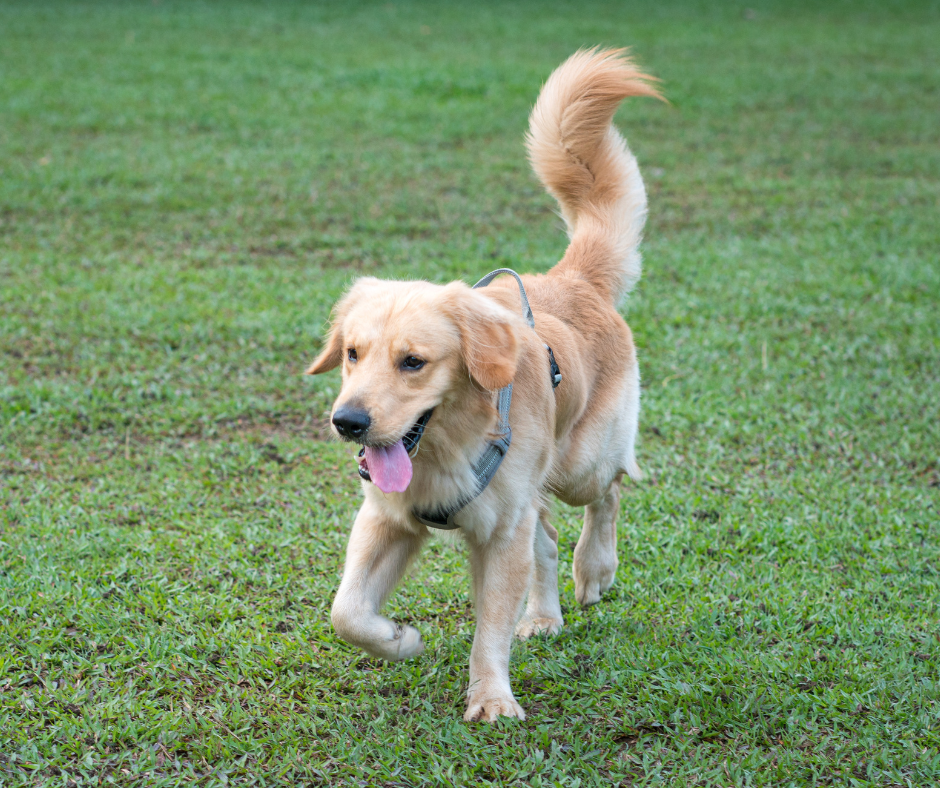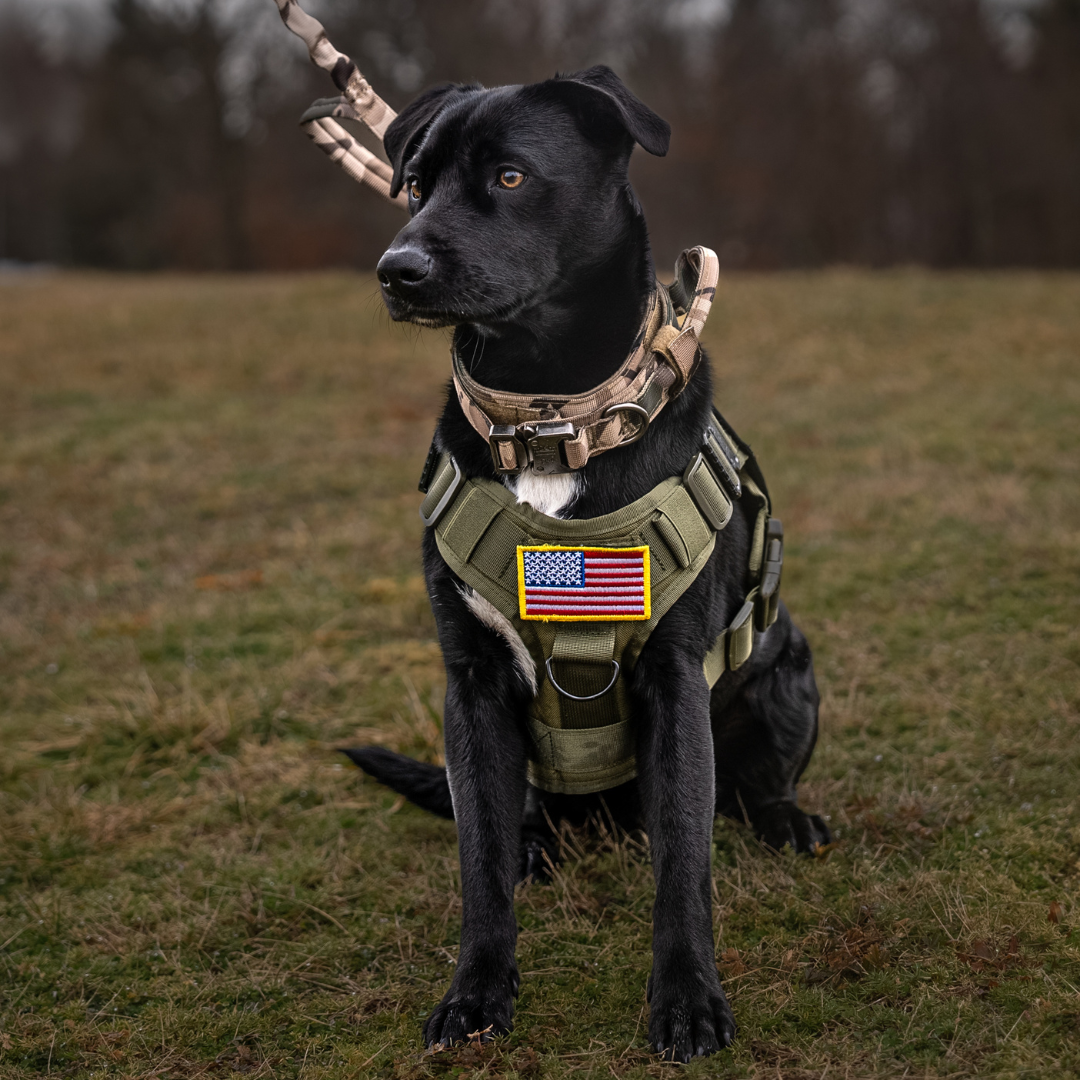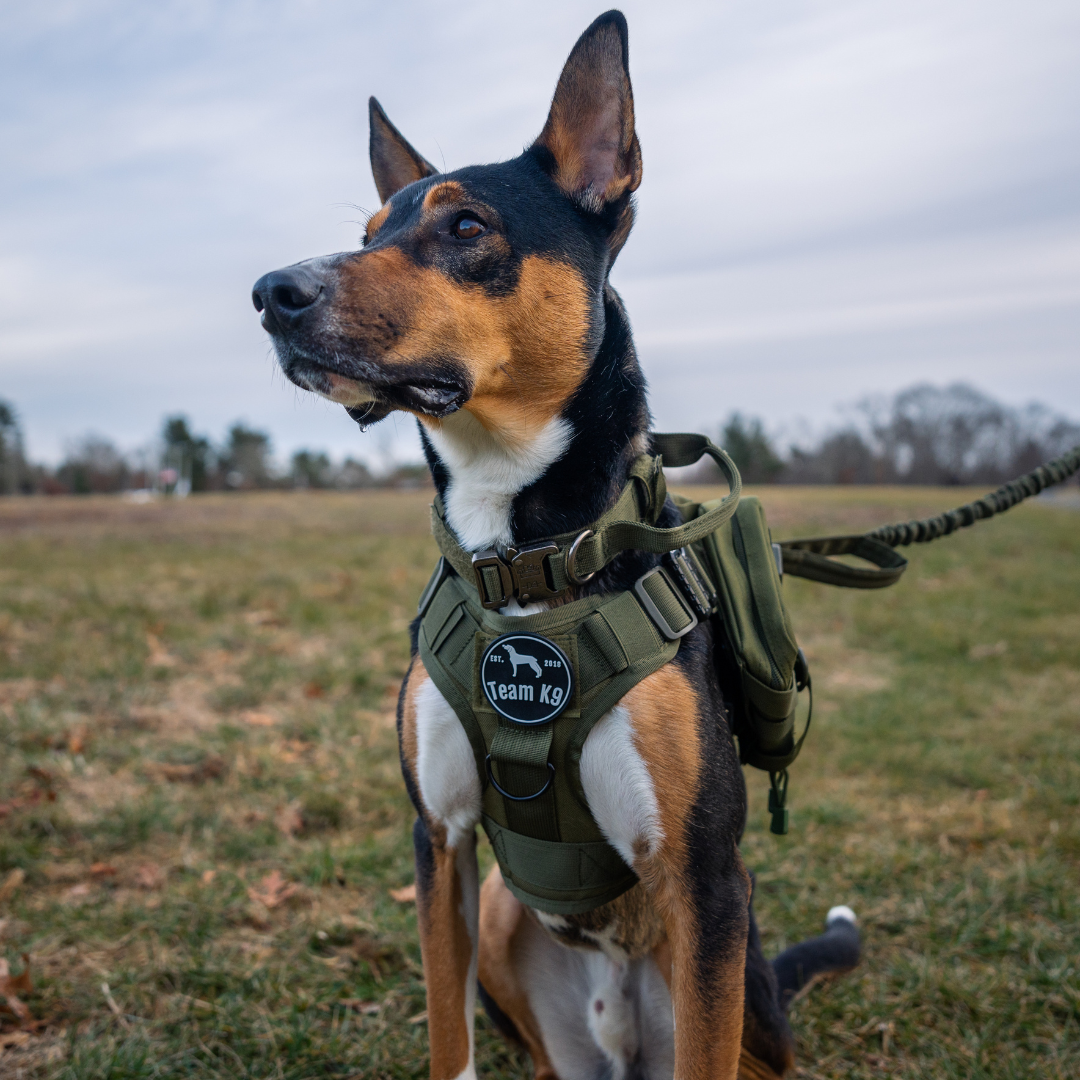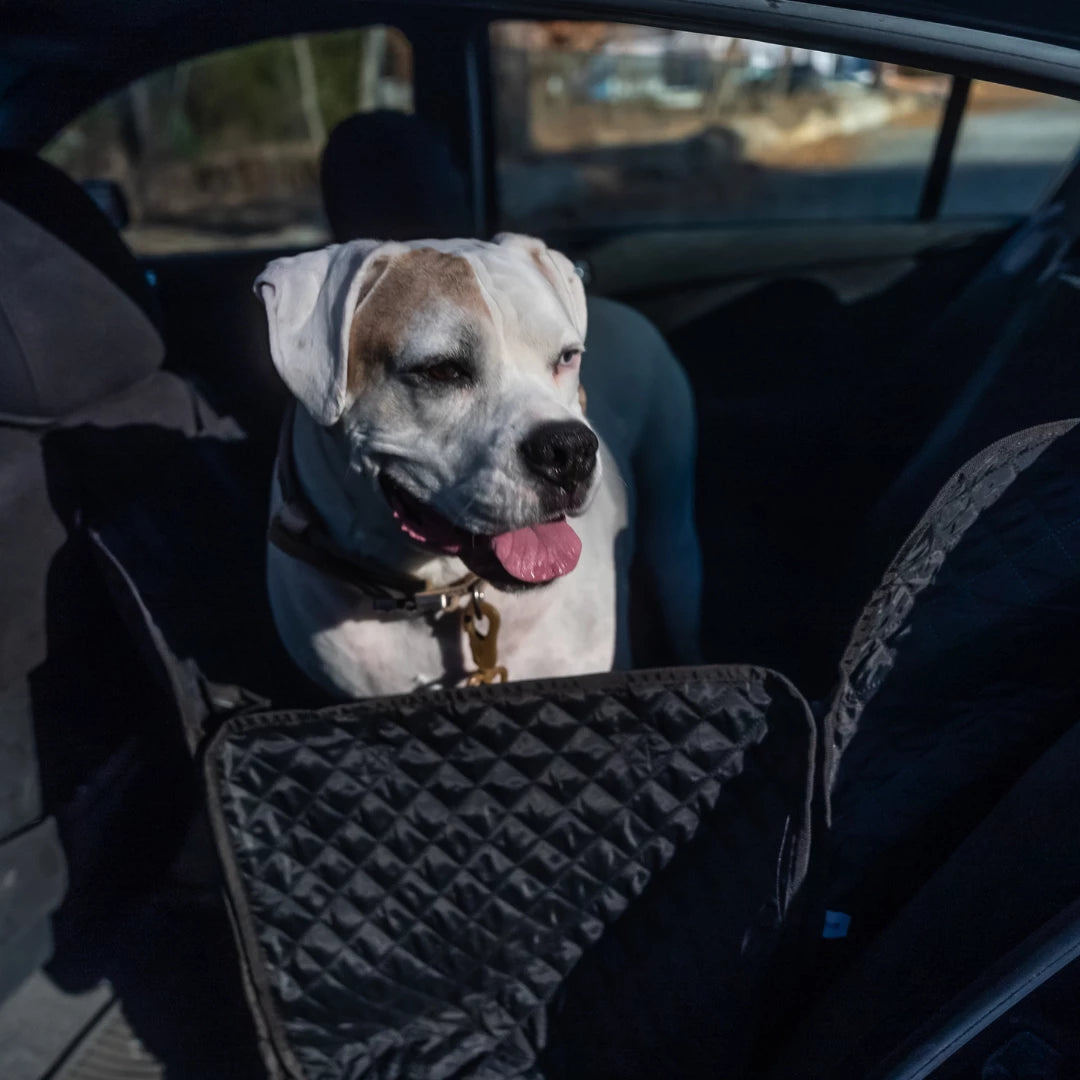Every wag, every bark, and every leap tells a story. In the world of dogs, body language is the primary mode of communication. Understanding your dog's body language opens up a window to their emotions, needs, and health, creating a deeper bond between pet and owner. This blog about canine body language is not just about interpreting tail wags but delving into the nuanced signals that define dog communication.
Noticing these signals can help you identify behavioral issues, enhance mutual respect, and ensure the well-being of your beloved pet. From the joyful bounds of happiness to the subtle signs of stress or aggression, each gesture and posture holds a key to understanding our canine companions on a level that transcends words.
Let's embark on a journey to decode the silent language of dogs. By learning to read these cues, owners can foster a relationship built on understanding and empathy, ensuring a harmonious coexistence that caters to the emotional and physical needs of their furry friends.
Recognizing Signs of Happiness
When a dog is happy, their body language is open and inviting, showcasing relaxed postures, soft eyes, and a wagging tail. This tail movement can vary; a slow wag may indicate calm contentment, while a rapid wag could signify excitement. It's crucial to observe the context of the wagging tail, as it can also indicate nervousness when paired with other signals. A relaxed posture, with a slightly open mouth and a wagging tail, typically signifies a dog's contentment and happiness. These moments are perfect for reinforcing positive behavior and bonding, like during walks.
Happiness in dogs is also expressed through play signals such as the 'play bow,' where a dog lowers its front legs while keeping the rear end up, signaling a desire to play. Encouraging these behaviors strengthens the bond between you and your dog, promoting mental health and physical activity. Observing and participating in your dog's happy moments not only reinforces positive behaviors but also aids in their social development.
Understanding and recognizing these signs of happiness can guide owners in providing environments and interactions that foster their dog's well-being. It lays the foundation for a positive relationship, where the dog feels secure, loved, and understood. Engaging in activities that your dog enjoys, like playtime with their favorite toys or comfortable walks, enhances their quality of life.
Identifying Stress and Anxiety
Stressed dog body language is marked by more subtle, sometimes misunderstood cues. Signs of stress or anxiety can include panting, yawning, drooling, or even shedding more than usual. These indicators, especially when appearing in a non-stressful setting, signal that a dog is experiencing discomfort or anxiety. A tucked tail, lowered head, or flattened ears are clear signs that a dog is trying to make itself appear smaller or less threatening, which is a common reaction to fear or nervousness.
Chronic stress can lead to health and behavioral problems in dogs, including digestive issues, aggression, or destructive behaviors. It's essential for owners to recognize these signs early to address the root cause, whether it requires environmental adjustments, behavioral training, or consulting with a veterinary behaviorist. Creating a safe space where a dog can retreat when feeling overwhelmed, like a quiet corner with their bed and favorite toys, can provide a sense of security and comfort.
Prevention and early intervention are key in managing stress and anxiety in dogs. Engaging in calming activities, such as gentle petting or slow walks, can help alleviate their anxiety. Understanding these signs and responding appropriately can prevent escalation and contribute to a dog's overall emotional well-being.
Interpreting Signs of Fear and Aggression
Fear and aggression in dogs are often manifested through body language before any physical action occurs. Recognizing these signs is crucial for preventing potential negative encounters. Aggressive dog body language may include stiffening of the body, showing teeth, growling, or a deep, staring gaze. These are clear indicators that a dog feels threatened and is prepared to defend itself. Fearful behavior, on the other hand, might involve cowering, tucking the tail, or attempting to escape.
Understanding these signals allows for timely intervention to remove the dog from the stressful situation or to address the fear or aggression's root cause. It's vital to approach these behaviors with sensitivity and seek professional guidance from a certified dog behaviorist to develop a plan that ensures safety and well-being for both the dog and its human companions.
Proper socialization, training, and positive reinforcement can mitigate fear and aggression in dogs. Offering a structured environment where the dog can feel secure and understood is paramount. It's about creating a bond based on trust and respect, where the dog knows it can rely on its owner for protection and guidance.
Playful Gestures
Playful gestures in dogs, such as the play bow, barking excitedly, or spinning around, are signs of joy and the desire to engage. These behaviors are an invitation to play and interact, vital for a dog's social and physical well-being. Playful actions also offer an excellent opportunity for training and reinforcing positive behavior in a fun, engaging way.
Play is essential for mental stimulation, physical exercise, and building a positive human-dog relationship. It's a way for dogs to express their natural behaviors and for owners to understand their pet's personality and preferences better. Engaging in play allows dogs to practice social skills, relieve stress, and bond with their owners.
Owners should take time to engage in play with their dogs, using toys, games, and activities that cater to their dog's interests and physical capabilities. This not only ensures the dog is happy and healthy but also strengthens the bond between dog and owner, fostering a relationship of mutual joy and understanding.
Seeking Attention
Dogs communicate their need for attention in various ways, including nudging, pawing, barking softly, or bringing a toy. These actions are not just seeking play; they're expressing a need for social interaction and connection. Responsive owners can use these moments to reinforce positive behaviors, provide comfort, and strengthen their bond with their dog.
Attention-seeking behavior, when addressed positively, can be an opportunity for training and building a deeper relationship with your dog. It's important to differentiate between genuine needs for interaction and manipulative behavior to prevent undesirable habits from forming. Engaging in regular, meaningful activities with your dog can satisfy their need for attention and prevent excessive demand behaviors.
Understanding and responding to your dog's signals for attention fosters a loving, respectful relationship where the dog feels valued and understood. It's about more than just meeting their physical needs; it's about nurturing their emotional well-being, ensuring they feel a part of the family.
For a comprehensive guide on canine body language, explore this Dog Body Language Chart. This resource offers valuable insights into dog communication signals, helping owners better understand their furry companions.
To Wrap Up
Understanding the nuances of dog body language enhances the bond between dogs and their owners, paving the way for a harmonious and empathetic relationship. Recognizing the signs of happiness, stress, fear, and the desire to play or seek attention allows owners to respond to their dogs' needs effectively, promoting their well-being and strengthening their mutual bond.
Every gesture, posture, and bark is a piece of the conversation, enabling us to provide better care, training, and companionship. By becoming fluent in our dogs' language, we open the door to a deeper, more fulfilling relationship that enriches both our lives and theirs.
Remember, understanding your dog requires patience, observation, and love. Embrace the journey of learning and growing together, building a bond that is based on mutual respect and understanding.
Read our other blogs:




